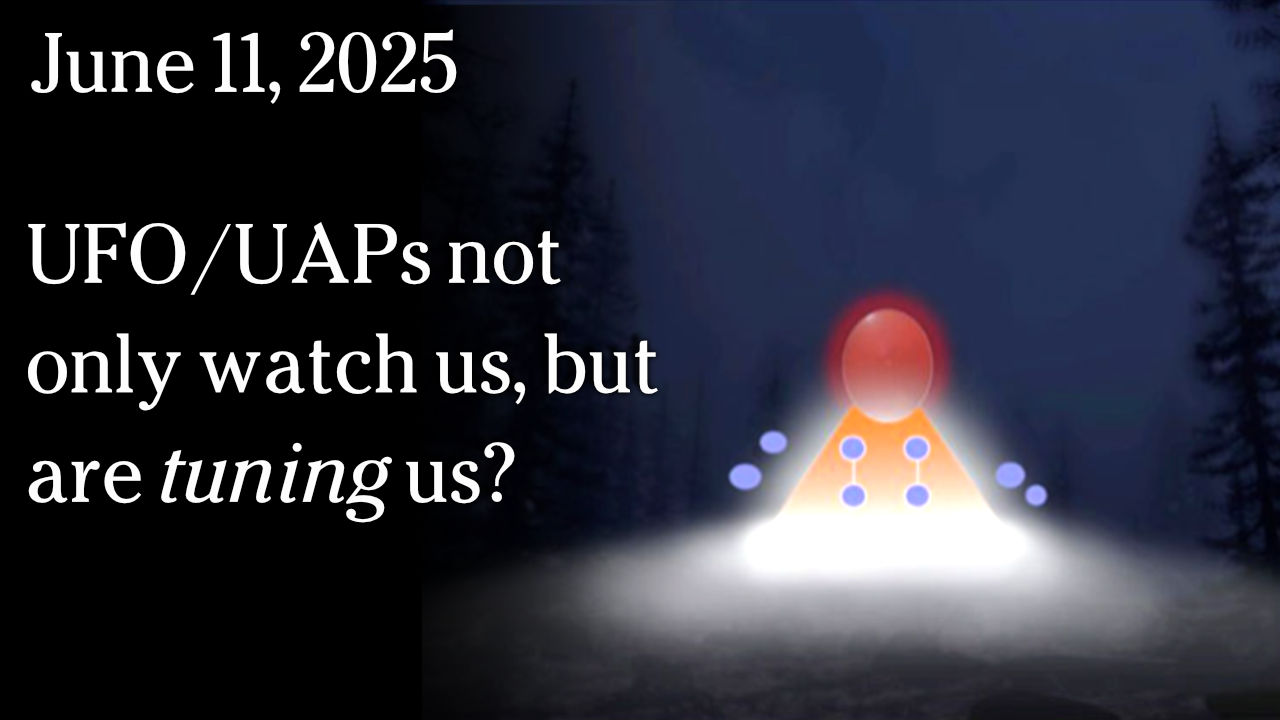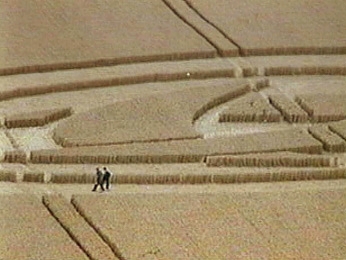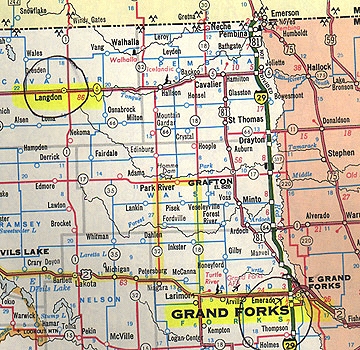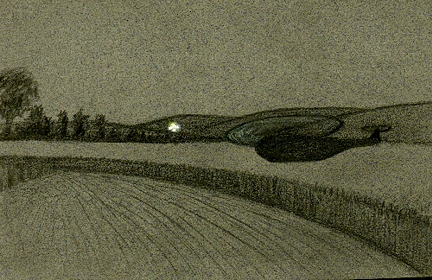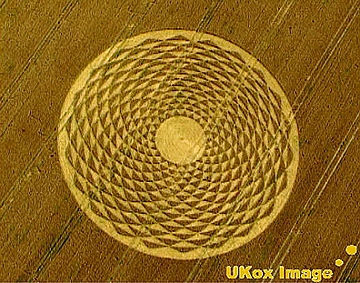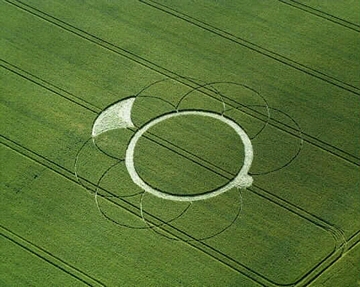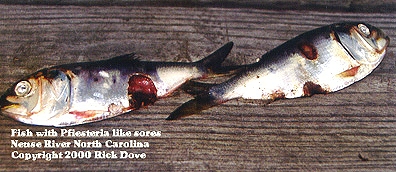"In Poland, some reported an unearthly glow
above the fields the night the circles appeared."
- Deutsche Press-Agentur (dpa)
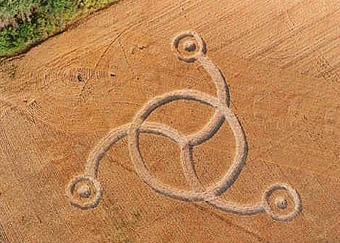
COMPARE TO:
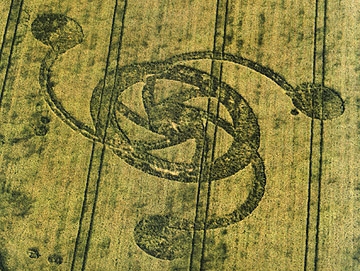
August 27, 2000 Whitefish, Montana - This is the third year in a row that a crop formation in wheat has appeared in Whitefish, Montana in the first half of August. When pilot Gilbert Johnson flew over the latest formation on August 15th, he might have been the first to discover and photograph it. The next day on August 16th, Mary and Larry Johnson, who own a health food store in town, saw the formation from Church Avenue near trees that completely obscured the pictogram from nearby and well-traveled Highway 93. The couple asked the farm owners for permission to enter and told people in town about it. Melody Watts, who runs a convenience store in Whitefish and investigated the formation in Whitefish last year, heard about the new formation while driving back from a vacation on August 20th. She was so excited, she first went to the farm owner for permission to get into the new formation before even driving home. Then she returned in the evening.
Click here to subscribe and get instant access to read this report.
Click here to check your existing subscription status.
Existing members, login below:



